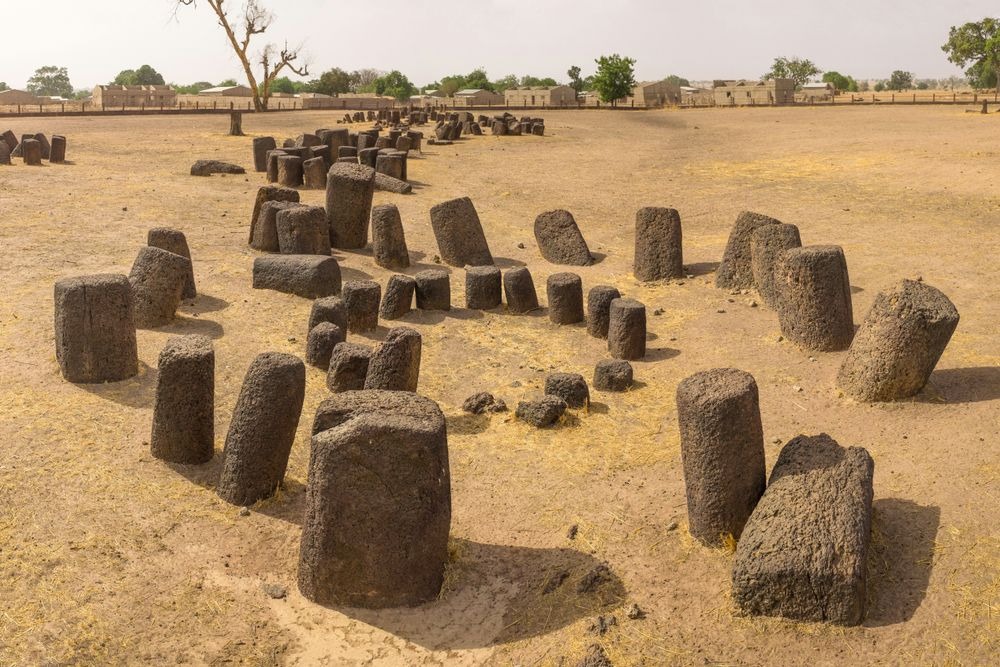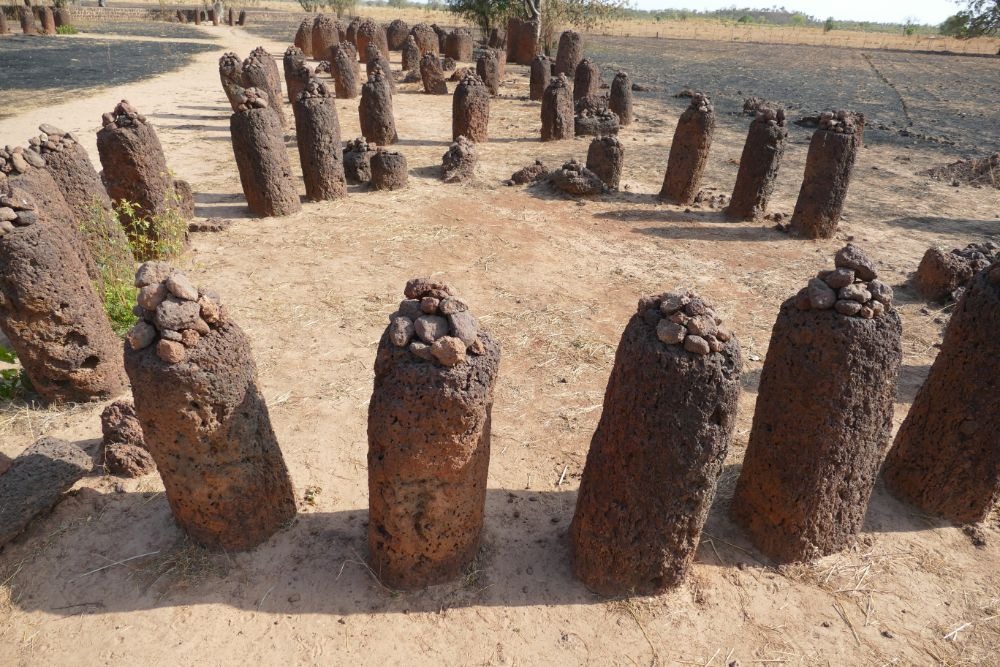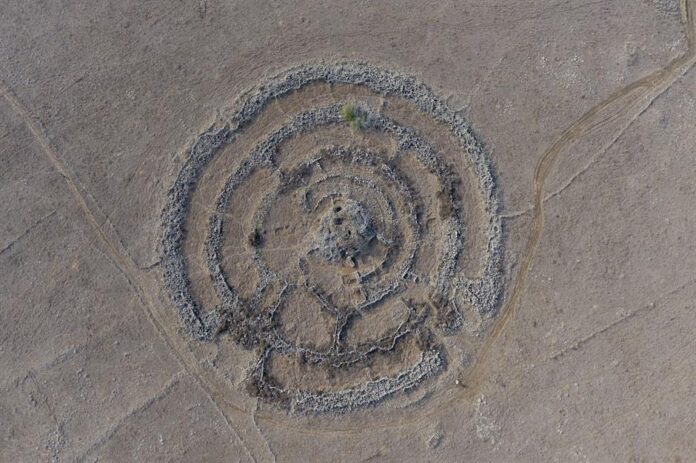If you’ve ever been fascinated by ancient sites like Stonehenge in England, then the Stone Circles of Senegambia might just capture your imagination in the same way.
Tucked away in a region that straddles the border between Senegal and The Gambia, these mysterious monuments are one of West Africa’s most significant yet often overlooked archaeological wonders.
The Stone Circles of Senegambia stretch across four main locations—Sine Ngayène and Wanar in Senegal, and Wassu and Kerbatch in The Gambia. In total, they make up over 1,000 stone circles containing tens of thousands of laterite stones, each weighing several tons. They cover an area of about 100 kilometers wide and 350 kilometers long, forming what is likely the largest concentration of megalithic stone circles in the world.

What makes these circles so intriguing isn’t just their size or number—it’s the mystery behind them. The stones are believed to have been erected between the 3rd century BCE and the 16th century CE, suggesting that they span well over a thousand years of cultural history. Yet no written records exist from the time to explain their exact purpose, who built them, or how such large stones were transported and arranged with the technology available back then.
Archaeological studies indicate that these sites were burial grounds. Excavations have uncovered human remains, pottery, and various metal objects beneath the circles. Some believe the structures marked the graves of respected leaders or community elders, suggesting a culture that placed great emphasis on honoring the dead.

The alignment and layout of the stones, often in circular or sometimes double rows, hint at a society with sophisticated spiritual or ritual practices, although the full meaning remains unclear.
What’s remarkable is the uniformity and precision with which the stones were cut and arranged. Each pillar is shaped with obvious care, standing upright at consistent heights. Most are carved from laterite, a reddish rock common in the region but notoriously tough to work with. This tells us that the builders had not only the tools but also the organizational skills to carry out such labor-intensive work over long periods.
The people who created the stone circles were part of complex societies with developed systems of governance, trade, and cultural expression. These structures challenge the stereotype that precolonial African societies were without history or monumental architecture. On the contrary, the Stone Circles of Senegambia show just how advanced and organized African civilizations were centuries before colonial contact.
In 2006, UNESCO recognized the Stone Circles of Senegambia as a World Heritage Site. This designation helps protect the monuments and raises global awareness about their importance. But even with this recognition, the site still doesn’t receive the same level of attention as other world-famous archaeological landmarks. Part of the reason may be limited tourism infrastructure or the broader neglect of African heritage in global narratives.

Preserving and studying these sites isn’t just about honoring the past. It’s about reclaiming African historical narratives that have been overshadowed or distorted for too long. The Stone Circles offer an opportunity to connect with an indigenous legacy of engineering, ritual, and cultural continuity that spans more than a millennium.
As interest in African heritage grows, the Stone Circles of Senegambia stand as a quiet but powerful reminder: Africa has always been a continent of builders, thinkers, and societies rich with tradition and innovation.

